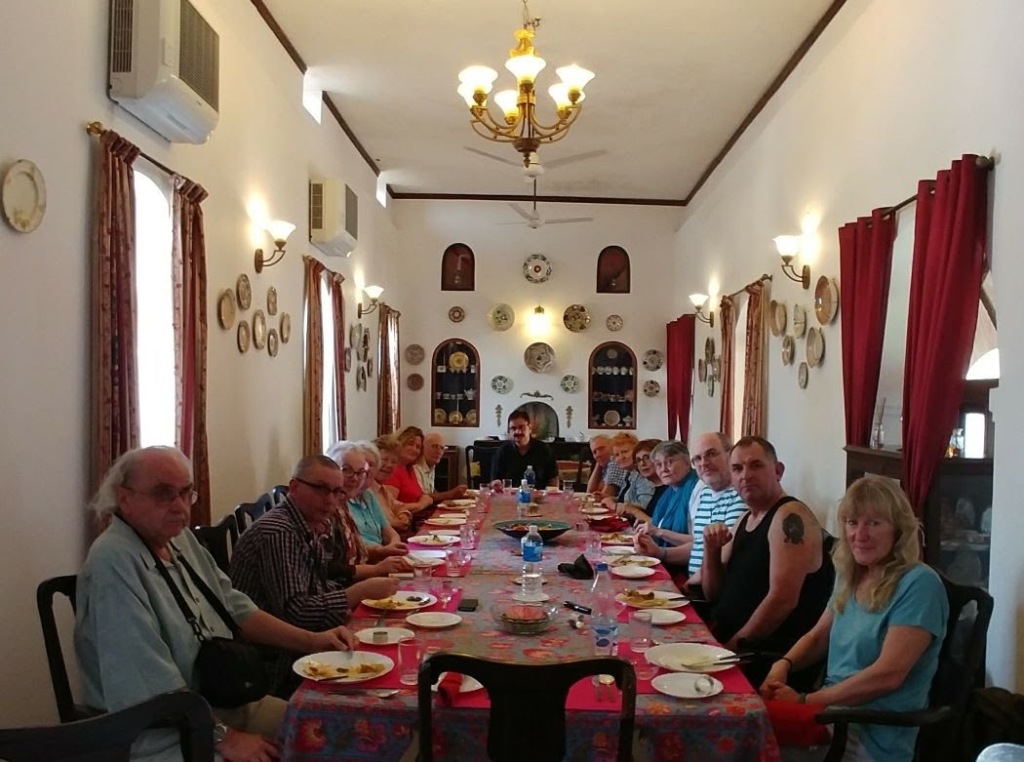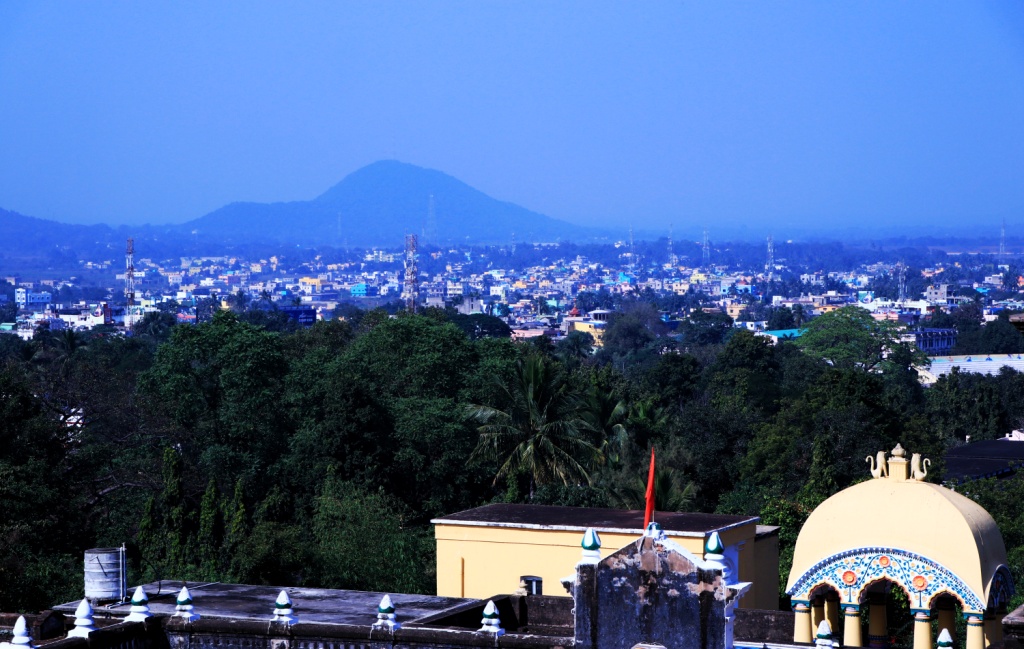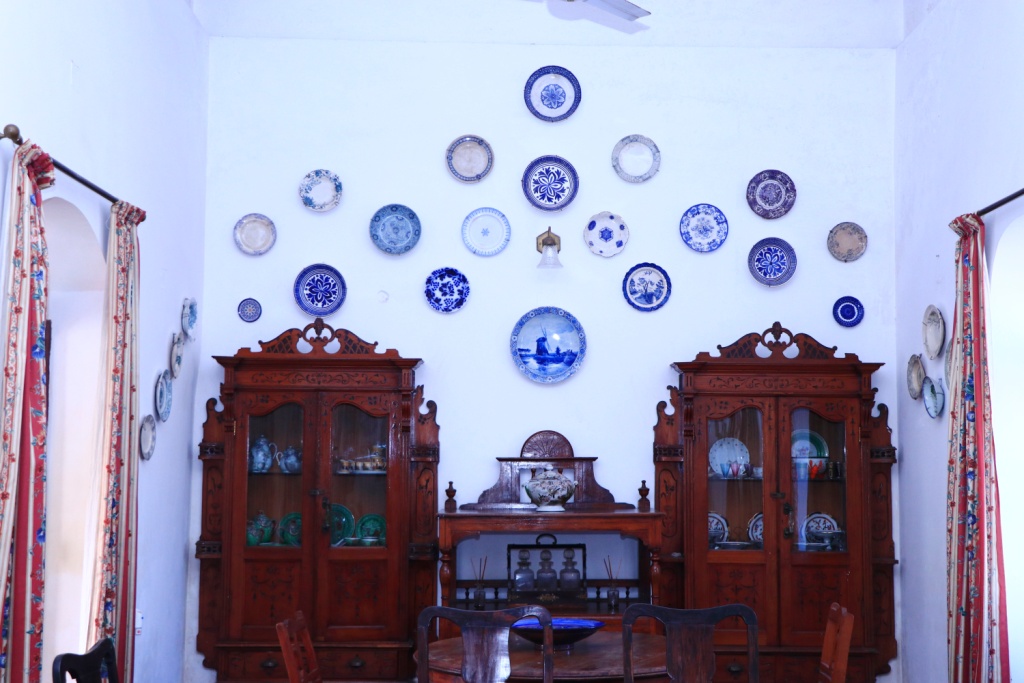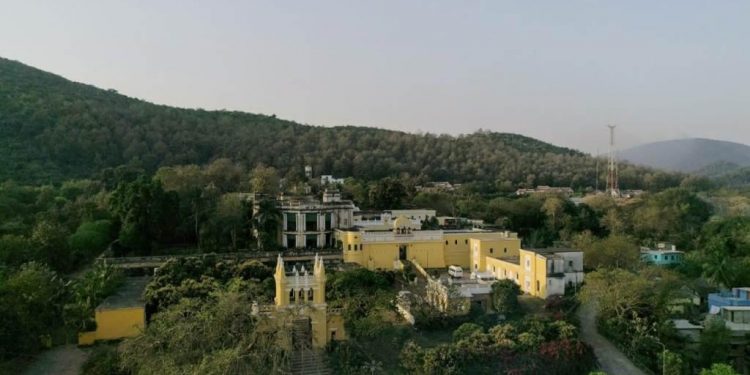A truly royal eastern retreat, Dhenkanal Palace, the residence of the former Rajas is now a heritage home stay where one can experience history, art and culture of the region
DHENKANAL: Most royal palaces throughout India are opening their doors to tourists. Dhenkanal Heritage Palace too has been transformed into a heritage site which hosts thousands of tourists every year.
Guests are commonly from France, Germany, UK, Belgium, Netherlands, USA, Canada, Israel and Trinidad and Tobago. Many localities too make a beeline everyday to soak the royalty of the site. The palace is situated at the foothills of Paniohala mountain.
Interacting with Orissa POST, prince Amarjyoti Singhdeo and princess Meenal Singhdeo gave some major insights to the rich history of the palace and the region.

The chief architect of the palace was Bhagirath Mahendra Pratap Raybahadur. It was constructed in 1850 and is the only fortified palace intact in the state. More than 2000 parrots reside in nests at the palace. The main entrance features a huge 100-year-old jumbo statue.
Legend has it that a massive battle between Dhenka, a Sabra ruler and Shreedhar Bhanja was fought at the site. Dhenka was defeated. On his deathbed, Dhenka’s made his last wish. He wanted Bhanja to honour his memory by naming the territory after his name. He also wanted a relic of his to be preserved and worshiped. The ritual has been practised every single day till date at the palace.
Princess Meenal Singhdeo, who looks after the heritage palace, said, “More than 1000 guests come over every year and soak into the royal way of life at this palace. The dining hall is wonderfully decorated with my mother’s and grandmother’s antique collections. A special art room has been set up inside the palace where Ikat and Pattachitra work is exhibited under the crest of Minaketan, where ‘Mina’ means fish and ‘Ketan’ means victory.”

The upper floor of the palace has been completely transformed into a heritage stay where each room is decorated with Pattachitra, handmade ‘pankhas’, antique study tables, glassware and mirrors. Even the drawing room decorated in dark orange exudes warmth. Each passage of the palace is filled with greenery and flowers, from bouganvilla to hibiscus to roses. Special farming is also undertaken on the premises where one can find organic parsley, celery, Radish and tomatoes among others.
The preference of each guest is taken care of while serving food. The food is always prepared by members of the royal staff. A special Darbar room in the palace features swords of former Dhenkanal King Trilochan Mahendra Bahadur. Apart from this, the room also exhibits British-era weaponry. From antique phones to glassware to ancient paintings, each nook and corner of the palace speaks of its grandeur and royalty.
Dhenkanal is bordered in the north by the Pallahara and Keonjhar Feudatory States and the Sukinda Zamindari of Cuttack district, in the west by the district of Angul and the States of Talcher and Hindol; in the south by the Baramba, Tigiria and Athagarh States and by Balarampur, Madhupur, Darpani, Kalkala and Dalijora Zamindaris of Cuttack district, in the east. Third in stature among all the feudatory states of Orissa, Dhenkanal state held an area of 1463 square miles.

How Dhenkanal came about
Before the predecessors of the present ‘Raja’ occupied the State as ruling chiefs, land to the south of the Brahmani River was subdivided into small principalities ruled over by semi-independent chiefs of aboriginal descent. At that time, most land in and around was ruled over by a chieftain named Dhenka, a member of the Sabar tribe. A similar area towards the west, called Garh Besalia, was ruled by a chieftain of the Bhanja clan Shreedhar Bhanja. Dhenka was defeated in a war with Bhanja. His last wish was to rename the place after him. Hence, Bhanja christened the region Dhenkanal.
Chailtali Shome, OP






































